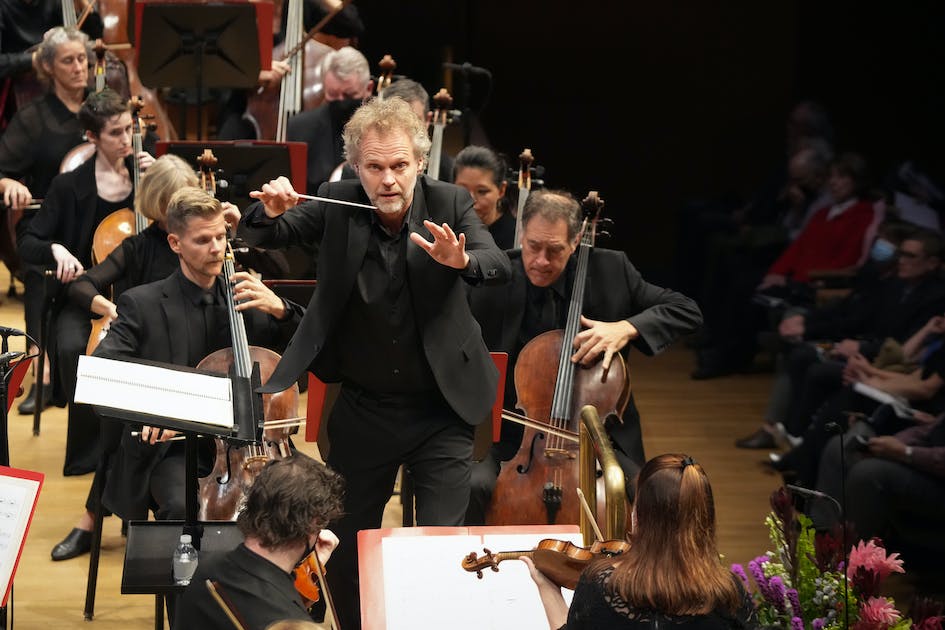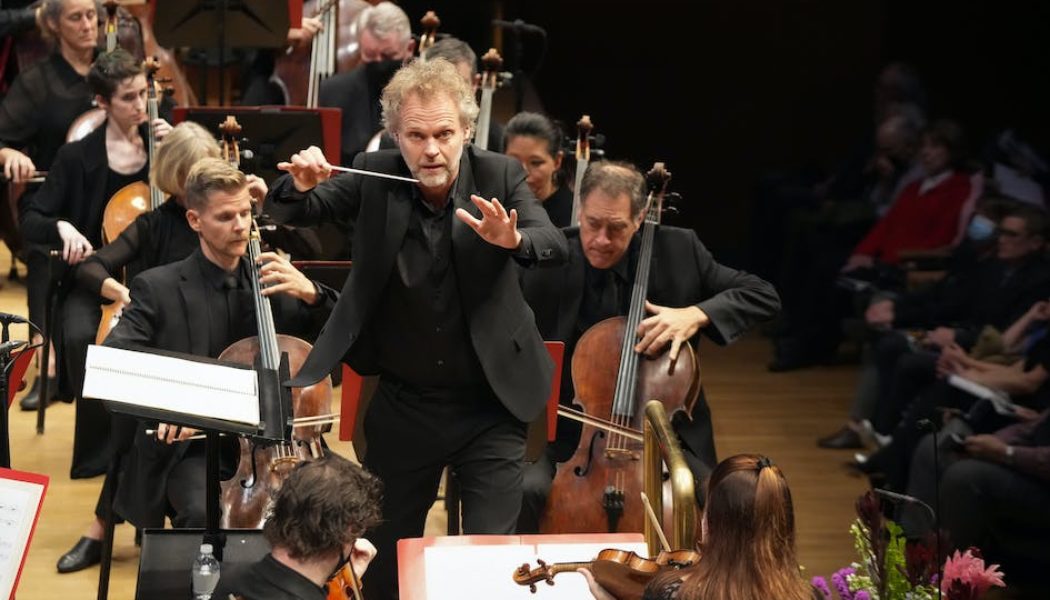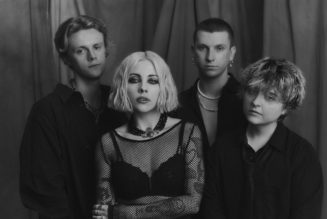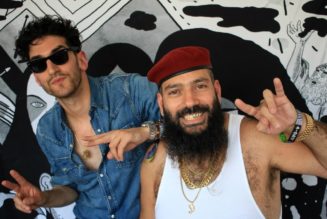
The big buzz among local classical music lovers is the arrival of Thomas Søndergård as the Minnesota Orchestra’s 11th music director in its 120-year history. Several of the orchestra’s musicians have been down this road before. For three who were hired in the 1970s, Søndergård will be their sixth music director.
Or the fifth for principal trumpeter Manny Laureano, who came on board in 1981. He had a good feeling about Søndergård from the first time the conductor rehearsed with the orchestra in December 2021.
“I’m gratified to say that, after his first appearance, I called his appointment,” Laureano said. “As much as I enjoyed the process of seeing other wonderful conductors, I had the feeling he would be chosen based on his easy rapport with us and ability to bring the best out of the orchestra. I like that he’s easy to follow, and he knows what he wants.”
Laureano knows something about conducting, as he’s also music director of the Bloomington Symphony Orchestra. So does assistant principal bassist William Schrickel, music director of the Metropolitan Symphony Orchestra and the Minnesota Orchestra’s second-longest-tenured member after only his section mate, Robert Anderson.
“It’s always interesting to see how a conductor’s approach changes from being a guest conductor to a music director,” Schrickel said. “A music director has to deal with issues like auditions and personnel choices, board relations, fundraising, and planning future seasons, tours and recordings.”
Schrickel said he’s happy that Søndergård has the experience of having held similar positions with orchestras in Norway, Wales and Scotland.
“What I’ll be most curious about is what he does to create an orchestral sound that reflects his priorities and personality,” Schrickel said. “And will his music-making have depth? For me, interpretive depth is the touchstone of great conducting.”
French horn player Ellen Dinwiddie Smith, who joined the orchestra in 1993, has been impressed with the connection Søndergård has forged with the musicians.
“Thomas allows individuals to bring their unique voices to the music,” she said. “He works cohesively with the orchestra and is expert at creative storytelling through sound.”
The orchestra’s season-opening concerts will feature two Richard Strauss works built around musical storytelling: his tone poem, “Don Juan,” and “An Alpine Symphony,” which is inspired by the experience of ascending a mountain. When asked what music they’re most excited about performing with Søndergård this season, Laureano, Schrickel and Dinwiddie Smith each mentioned that Sept. 21-23 program.
“From a brass player’s perspective, Strauss’ music is the ultimate challenge for athleticism, power and finesse,” Dinwiddie Smith said. “Everyone on stage is required to be virtuosic, including the conductor.”
Schrickel said he’s particularly pumped about “An Alpine Symphony.”
“The loud, climactic sections make the hair stand up on the back of the players’ and audience’s necks,” he said. “But the intimate, quiet sections have to be performed with tremendous delicacy and nuance. Based on Thomas’ previous performance with us of Strauss’ ‘A Hero’s Life’ [or ‘Ein Heldenleben’], I’m expecting that he will take great care to create a wide-ranging palette of sound.”
Like Schrickel, violinist Jean Marker De Vere came to the orchestra in the 1970s.
“I’m impressed with Thomas Søndergård’s collaborative leadership style,” she said. “He’s affirmative and confident and believes in sharing his musical ideas while being supportive of and respectful to orchestra members.”
She said she’s particularly looking forward to collaborating with the conductor on Edward Elgar’s “Enigma” Variations (Jan. 5-6).
Perhaps principal timpanist Erich Rieppel feels a little extra pressure with Søndergård’s arrival, for he plays the instrument on which the new music director made his living before turning to conducting. But Rieppel echoed Marker De Vere’s sentiments about the conductor’s collaborative spirit, adding he’s particularly excited about the Sept. 28-30 performances of Samuel Barber’s “Medea’s Dance of Vengeance.”
“I don’t think the orchestra has played this work in recent memory,” Rieppel said. “It’s an intense work that will be tricky for us to put together, but so rewarding to perform.”
That piece is part of a program that includes two delicately beautiful works from French composers of the early 20th century: Claude Debussy’s “Prelude to the Afternoon of a Faun” and Maurice Ravel’s “Daphnis and Chloé.” They should stand in strong contrast to the big bang that is Strauss’ explosive “Alpine Symphony” and stirring “Don Juan.”
Schrickel said that will be a key test for Søndergård and the orchestra.
“Will he be successful in creating one type of orchestral color for Ravel’s ‘Daphnis and Chloé’ and another for Schumann’s First Symphony [Apr. 11-13] and another for Strauss’ ‘Alpine Symphony’?”
Audiences will find out over the course of Søndergård’s maiden voyage as music director. After the September concerts, he’ll return to conduct Dec. 31-Jan. 7, April 11-13, May 2-3 and June 20-22.
The Minnesota Orchestra with conductor Thomas Søndergård
When: 11 a.m. Thu. , 8 p.m. Fri. , 7 p.m. Sat. , 11 a.m. Sept. 28, 8 p.m. Sept. 29, 2 p.m. Sept. 30
Where: Orchestra Hall, 1111 Nicollet Mall, Mpls.
Tickets: $31-$106, available at 612-371-5656 or minnesotaorchestra.org
Rob Hubbard is a Twin Cities classical music writer. Reach him at wordhub@yahoo.com.









